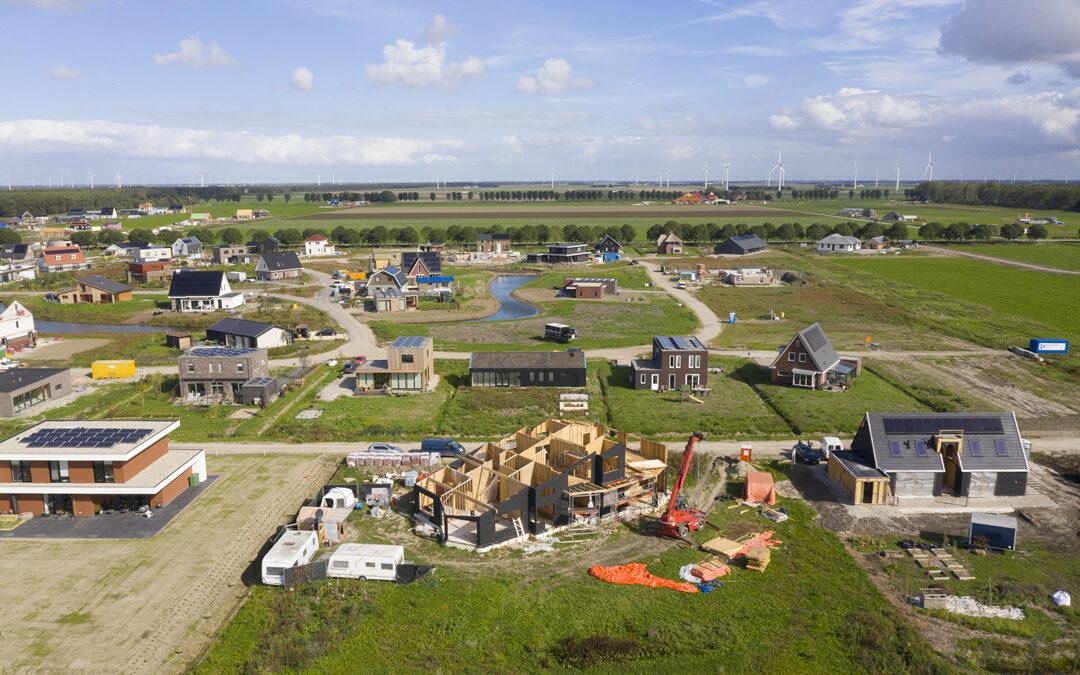
Oosterwold is a new peri-urban area situated at the fringe of the city of Almere. Here 4,300 ha peri-urban polder land will be transformed into a hybrid rural-urban area which offers room for 15,000 new homes towards 2030.
Two key features of this new area mark it as a watershed in Dutch urban planning. The first feature is the “self-organisation” ethos of the new community, i.e. the residents take the lead in organising and developing their property, whilst the role of the authorities is to check that the residents keep to the rules. The second unique feature of this area is that 50% of the land, that is about 2,000 ha, is earmarked to urban agriculture. The remainder will be allotted for dwelling and commercial activities (30 percent) along with grey infrastructure, the creation of natural habitats, public greenspace and water features (20 percent).
This chosen approach to development, in which the new residents, as perspective urban farmers, take the lead in the self-organisation of the community, is a unique one. Through this approach, each new development within the area (whether a single home, a subset of homes, a collective neighbourhood, or a shop) have to devote at least 50% of their land allocation to urban agriculture. This requirement is incorporated in a so-called ‘parcel passport’, a type of contract which binds the new land-owner to adhere to the development rules of their own specific parcel of land.
The new land-owner has to confirm agreement with this this “parcel passport” before being allowed to purchase and develop their area of land. In Oosterwold then each urban dweller is also a “farmer”, and each farmer an urban dweller. Oosterwold is targeted to provide 10% of the food production of the Almere City Region in the near future. In 2016 the first residents settled in the pilot area (the first phase of development). Today, about 1,600 people (early 2020) reside in this area.








